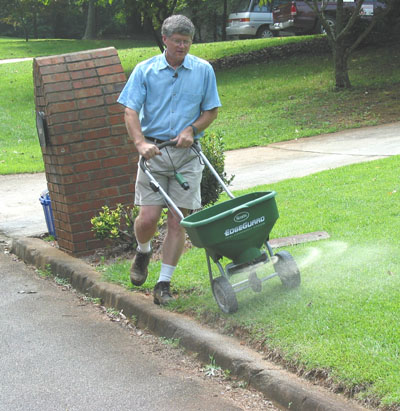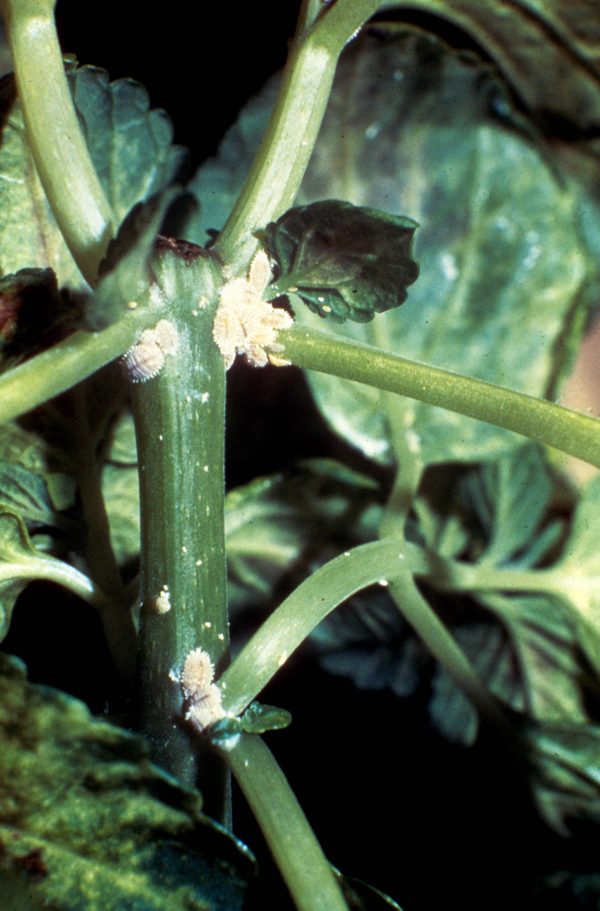Rat and Mouse – Control
Q: Do you know of any Internet sites that discuss control of rodents?
A: The key to controlling outdoor rodents like rats, squirrels and chipmunks is to understand carrying capacity and seasonality. Every landscape has the capacity to support a certain number of animals. If a landscape has numerous plants that have berries or seed, more animals can live there than in a yard where only Bermuda grass grows. Access to water and shelter also increase the carrying capacity of a site.
A situation that dramatically increases carrying capacity is rodent food beyond that produced by landscape plants. Uneaten bird seed or pet food at ground level is rodent nirvana! Inexpensive bird food mixtures contains some seed that birds do not prefer but that rodents are delighted to eat. Bird experts say that birdfeeders filled with hulled sunflower seed attract numerous birds. Because they like the sunflower seed so much, there is little wastage. Leaving pet food outside continuously is another way to feed rodents unintentionally. Veterinarians recommend feeding a pet only the amount they can eat at one time and then removing the food until the next meal.
Rodent populations increase and decline with the seasons as well. Only a few chipmunks survive winter but their numbers rapidly increase as warm weather and abundant food arrives. Their population peaks in mid-summer. Then, as surplus animals move about trying to establish new territories, they fall prey to cars and predators. By late fall each year, chipmunk numbers have fallen drastically. Those few that survive the winter will be the parents of those you see scampering across your yard next June.
Even if you decrease the carrying capacity of your landscape, food-wise, and keep in mind the seasonal changes in rodent numbers, there still may be more than you prefer. In this case, either live- or lethal-trapping is your next step. The University of Kentucky has a nice Web site devoted to managing rats and mice:













